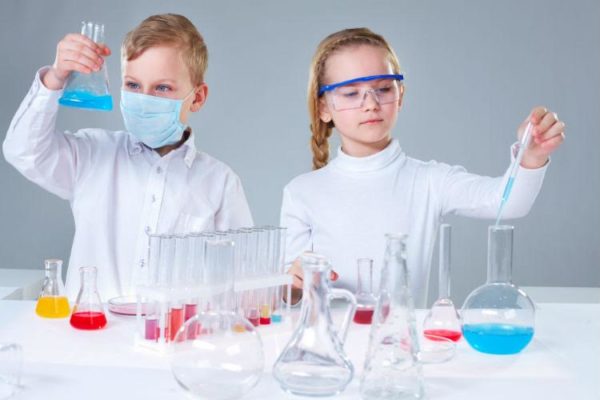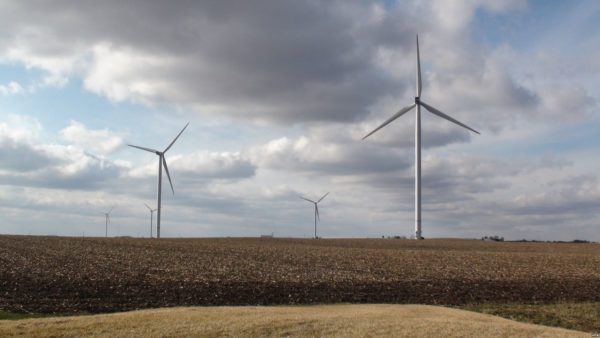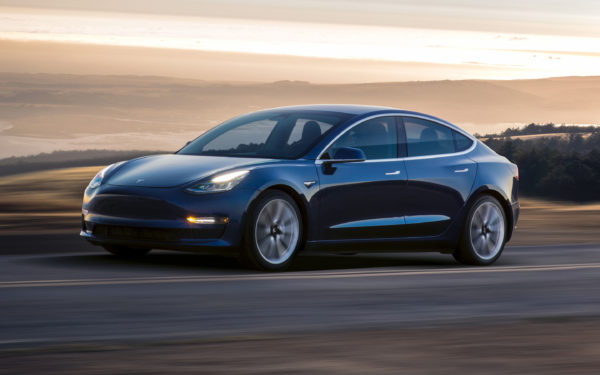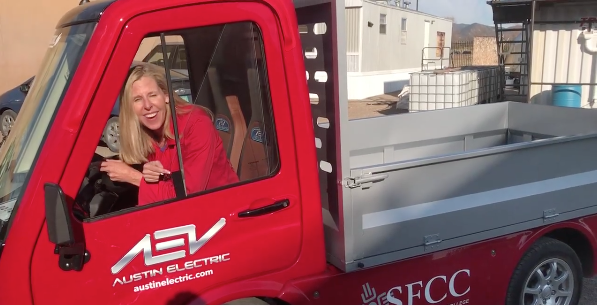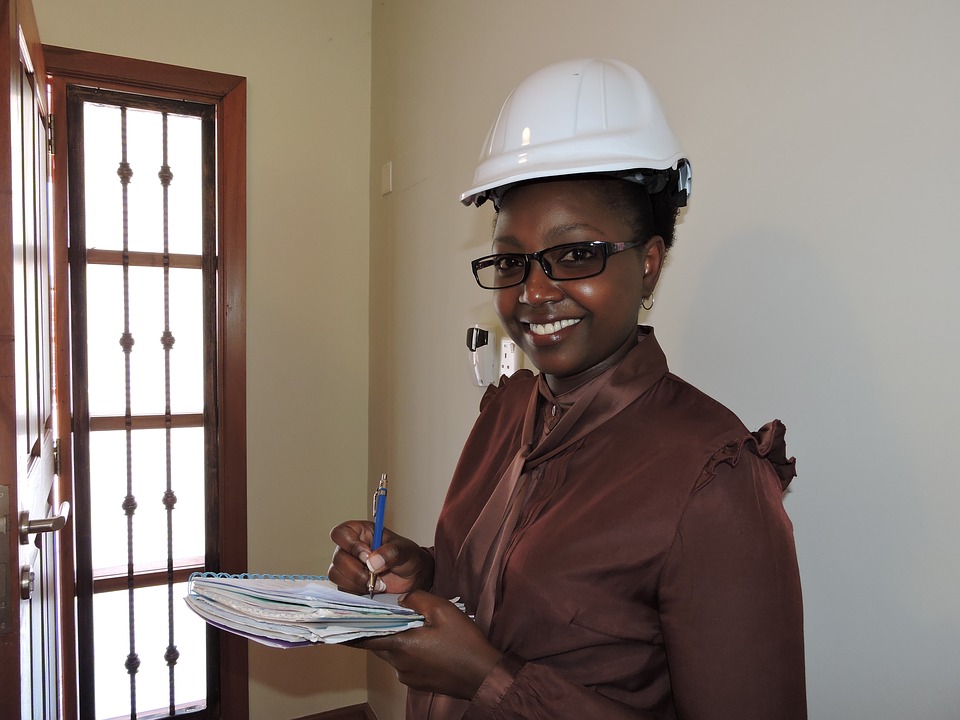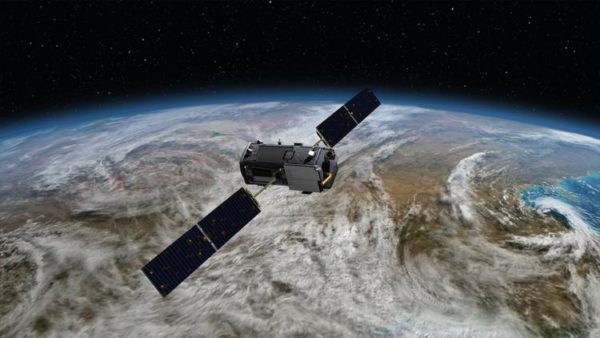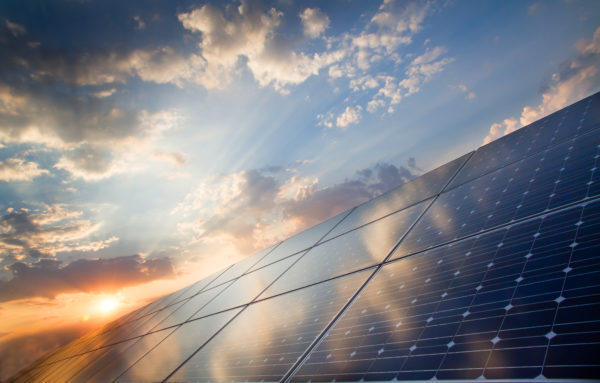It’s a well-known fact that STEM (Science, Technology, Engineering, and Math) careers pay well and have high job placement rates. Despite this, K-12 students show less interest in pursuing careers in STEM disciplines, partly because teachers don’t introduce them to STEM concepts until middle school or high school. Educators traditionally focus on math and language arts, rather than all parts of STEM in early school years.
Teachers are working to change this trend by broadening their curriculum to include more STEM and STEAM topics. STEAM refers to programs that focus on both STEM subjects and on the arts. In STEM and STEAM education, youth don’t learn what to think, but instead, are taught how to think and approach real-life problems critically. By fostering this interest early on, educators are paving the way for the present youth to be future leaders and innovators.
Google will buy 536 megawatts of wind power, adding to the company’s already large supply, making it the biggest corporate purchaser of renewable energy, according to a statement Thursday. The Alphabet subsidiary will purchase wind energy from four different power plants: two in South Dakota, one in Iowa and one in Oklahoma. Google announced at the end of last year that it would reach 100% renewable energy in 2017. With these deals, the company has agreed to buy enough power to compensate for all of its energy needs this year, though some of the projects are not yet operational.
Continue reading... →Tesla’s Model 3, the most important car to come out in decades, has a confirmed range of 310 miles, according to the Environmental Protection Agency. That figure applies to the long-range version of the Model 3, and echoes the vehicle specs released by Tesla back in July. It also makes the Model 3 one of the most efficient passenger electric vehicles on the market.
Continue reading... →The fashion industry receives a lot of criticism for a lack of eco-friendly sourcing and production methods. Girlfriend Collective (GC) has tackled this issue head-on by creating an eco-friendly line of activewear clothing. GC was founded to offer people a completely transparent clothing line. The Seattle based company is built from top to bottom with sustainability initiatives in mind. All of their packaging is recycled and recyclable, and they make most of their clothing with post-consumer products.
Continue reading... →Women of Green founder Carolyn Parrs got to drive an Austin Electric Vehicle recently! These all-electric cars and pick-up trucks offer a green transportation option to businesses, institutions, non-profit organizations and more.
Continue reading... →A team of researchers from the Eindhoven University of Technology has recently 3D printed a concrete bridge. While people have experimented with 3D printed bridges before, the university researchers made this bridge specifically for cyclists in Germert, Netherlands. The team printed the bridge at the University using their large research and development printer. After three months of hard work, the team completed the bridge and were able to put it to use. All in all, it took 800 layers to build the futuristic piece which spans roughly 26 feet long and 11 feet wide. The bridge is a significant development for eco-friendly builders because it creates less CO2 emissions than traditionally built bridges. The printer is programmed to make the exact amount of concrete needed for a structure, so there is less material required for projects. The efficiency of printing also eliminates the possibility of wasted materials. The traditional method of filling molds with concrete was not as streamlined and consequently produced a much higher carbon footprint.
Continue reading... →Engineers are good at solving problems. We make bridges safer, computers faster and engines more efficient. Today, the profession is working on an especially thorny problem: gender equity in higher education. While other fields of study continue to make significant advances towards gender equity, engineering schools are still struggling to pull their numbers of women students past the 20 per cent threshold. This week, McMaster University is hosting a conference for more than 150 deans of engineering from schools around the world. One of the major issues we’re discussing at this Global Engineering Deans Council Conference is the gender imbalance that remains a challenge across the field. We are making progress, but we need a breakthrough.
Continue reading... →Fires, drought and warmer temperatures were to blame for excess carbon dioxide in the atmosphere during the 2015-2016 El Niño, scientists with NASA’s Orbiting Carbon Observatory-2 say. The findings, part of five papers published in the journal Science, shed light on the mechanisms through which Earth “breathes” carbon dioxide, a potent greenhouse gas, and reveal how those mechanisms affect climate change. Global temperatures have been on the rise, thanks largely to the human-driven increase in greenhouse gases like carbon dioxide. But not all of the carbon dioxide produced each year ends up in the atmosphere. Some of it gets trapped in the ocean, or locked on land thanks to plants that use the gas during photosynthesis.
Continue reading... →A new International Energy Agency report contains some startling findings about solar energy dominance and its future. The study found that renewables comprised 66% of all new net electricity capacity additions in 2016. Two-thirds of added capacity, in other words, consisted of photovoltaic solar cells, wind turbines and biofuels. 165 gigawatts of new solar was added in 2016. In 2016, new solar photovoltaic capacity globally grew by 50 percent.
Continue reading... →